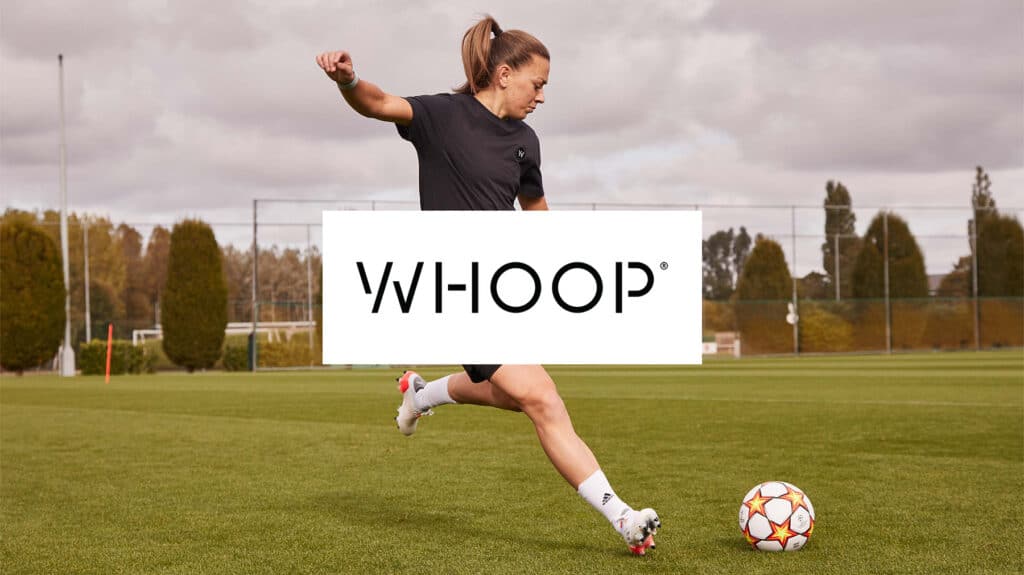Client overview
WHOOP is a technology company that specializes in wearable fitness trackers and health monitoring devices. Founded in 2012 by Will Ahmed, WHOOP is known for its high-quality fitness bands designed to provide in-depth analytics on various aspects of physical health and performance.
WHOOP targets athletes, fitness enthusiasts, and anyone interested in optimizing their health and performance through data-driven insights. WHOOP differentiates itself from other fitness trackers by emphasizing recovery and overall wellness, rather than just activity tracking. Its continuous monitoring and detailed analytics provide users with a holistic view of their health, enabling them to make informed decisions about their fitness and lifestyle.
Challenge
While WHOOP has become an established fitness and wellness tracker for consumers, it was interested in branching out to B2B markets such as health systems, collegiate athletics, corporate entities and the military.
Each of these markets represented an exciting opportunity, but WHOOP was unsure of the best way to approach these audiences and was seeking a deeper understanding of market dynamics and decision making procedures before pursuing.
The B2C purchase journey for a fitness tracker can be relatively straightforward, but the B2B market and selling at scale represented an entirely new and complex environment so the company wanted to be thoughtful and considerate of the buyer’s behaviors, potential considerations and objections as part of a detailed market assessment.
Insights
Before investing heavily to pursue the B2B markets, WHOOP was rightfully desiring to have a deeper understanding of each vertical before deploying its resources.
It had big questions that needed to be answered:
- Will organizations see the health and wellness benefits that can be gained by their teams by deploying WHOOP in a systematized fashion?
- Will users of the devices willingly embrace the use of the WHOOP device and what concerns might they have?
- How will large organizations consider purchases like this that might not conform to previously defined categories?
- Does WHOOP have a right to win in these markets when they are primarily known as a consumer fitness tracker?
Solution
To inform WHOOP’s business planning process, we defined the target audiences for each specific vertical market and then embarked on detailed 1:1 interviews with representatives of each audience type. These detailed interviews were documented and then assimilated to consolidate insights and findings. The findings were then leveraged to generate detailed personas of each buyer type along with diagrammatic representation of the complex purchase journey that would be required to achieve success in each market segment. Along the way, we uncovered a number of specific insights around user privacy concerns, the role of buying committees in large organizations and how data could be aggregated to generate beneficial outcomes for the participants.
uncovered insights around user privacy concerns
determined role of buying committees in large organizations
Aggregated data to generate desired outcomes
Services Provided
Quantitative and Qualitative Research
Persona Development
Buyer Journey Modeling
Results
Armed with the personas, buyer journeys and other insights we provided, WHOOP created the WHOOP Unite Platform for teams – designed specifically for groups and organizations and their unique needs. WHOOP Unite enables leaders to understand data and insights to monitor the wellness, readiness, and performance of their teams. This allows organizations to review the health and resilience of their teams with actionable insights on core measures of sleep, stress, and recovery, all tailored to your organization’s unique needs and goals.

